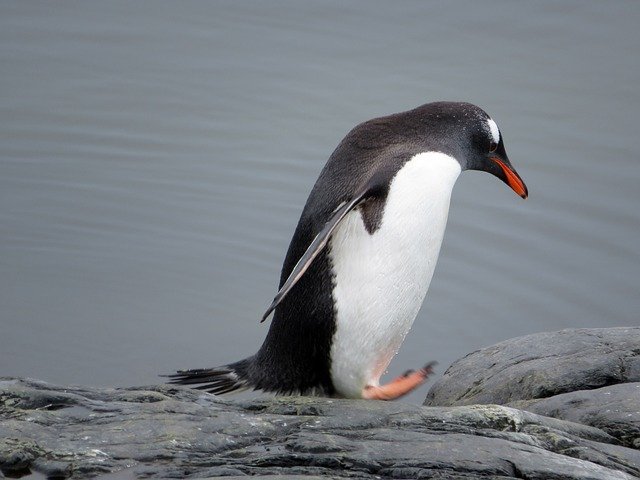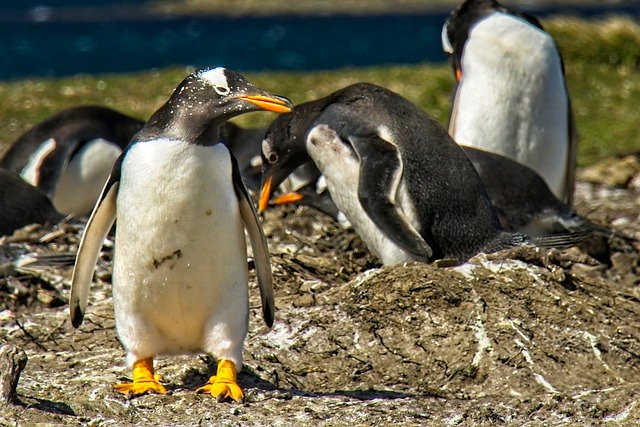**Title: "The Social Lives of Penguins: Understanding Their Complex Communities"** **Overview:**

The Social Lives of Penguins: Understanding Their Complex Communities
Penguins are often celebrated for their charming waddles and striking tuxedo-like appearances, but beneath their adorable exterior lies a fascinating social structure that is both complex and intriguing. This post delves into the social lives of these remarkable birds, exploring their communities, communication methods, and the roles they play within their colonies.
The Importance of Community
Penguins are highly social animals that thrive in large colonies. These communities can range from a few dozen to several thousand individuals, depending on the species and environmental conditions. Living in such close quarters offers several advantages, including:
- Protection from Predators: By forming large groups, penguins can better defend themselves against predators such as seals and birds of prey.
- Thermal Regulation: In frigid environments, huddling together helps penguins conserve body heat, especially during harsh weather conditions.
- Resource Sharing: Social living allows for collaborative foraging, where individuals can share information about food sources.
Communication and Social Interactions
Penguins have developed a rich repertoire of vocalizations and physical displays to communicate with one another. Each species has its unique calls, which serve various purposes, such as:
- Mate Attraction: During the breeding season, males often use specific calls to attract females, showcasing their fitness and readiness to mate.
- Chick Recognition: Parent penguins can identify their chicks through vocalizations, even in crowded colonies, ensuring they can locate and care for their young.
- Alarm Calls: To warn others of impending danger, penguins use distinct alarm calls that prompt the group to react quickly.
In addition to vocal communication, penguins engage in various social behaviors, including preening, which helps strengthen social bonds and maintain feather health.
Hierarchies and Roles within the Colony
Within penguin colonies, social hierarchies can emerge, influencing mating opportunities and access to resources. Dominant individuals often have priority access to food and nesting sites. However, these hierarchies are not rigid; they can shift based on factors such as age, health, and individual behavior.
Parenting Dynamics
Penguins exhibit fascinating parenting behaviors, often involving shared responsibilities between mates. For example, in species like the Emperor Penguin, males incubate the eggs while females forage for food. This cooperative breeding strategy ensures the survival of their offspring in challenging environments.
The Impact of Environmental Changes
As climate change and human activities continue to affect penguin habitats, their social structures may also be impacted. Changes in food availability, breeding grounds, and predator dynamics can disrupt the delicate balance within these communities. Understanding the social lives of penguins is crucial for conservation efforts aimed at preserving these iconic birds and their habitats.
Conclusion
The social lives of penguins are a testament to the complexity of animal behavior and the importance of community in the natural world. By studying their interactions, communication, and social structures, we gain valuable insights into the ecological dynamics of these fascinating creatures. As we continue to explore and protect their habitats, we must remember the intricate social networks that define penguin life and ensure their survival for generations to come.
Feel free to share your thoughts or experiences with penguins in the comments below! 🐧

Upvoted! Thank you for supporting witness @jswit.